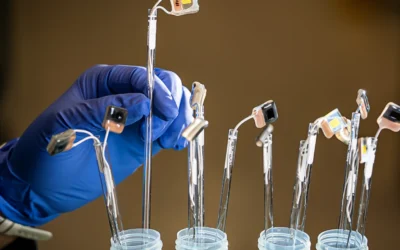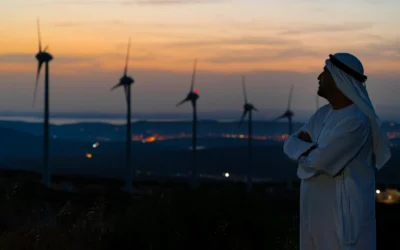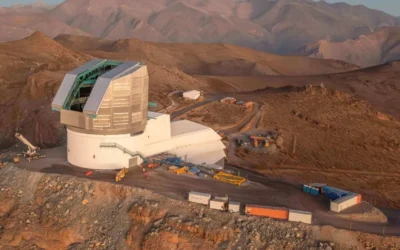ETH researchers have created a 3D-printable living building material containing cyanobacteria that actively sequesters CO₂, mineralises into solid carbonate, and hardens over time, rivaling chemical capture methods and offering a sustainable new approach for reducing urban carbon footprints.
Researchers at ETH Zurich have developed a groundbreaking photosynthetic building material that can grow, harden, and actively sequester carbon dioxide from the atmosphere while remaining alive. This innovative living material harnesses cyanobacteria – ancient microbes known for their remarkable efficiency in photosynthesis, even under minimal light conditions – to convert sunlight, CO₂, and nutrient-rich artificial seawater into a stable, carbon-storing structure.
Encased within a 3D-printable hydrogel – a soft, water-abundant gel composed of cross-linked polymers – the cyanobacteria thrive, multiplying in freshly printed forms. As they photosynthesise, these microbes alter their surrounding chemical environment, inducing the mineralisation process that deposits solid carbonate minerals such as lime within the material. This dual carbon capture, both in biomass and mineral form, contributes to the gradual hardening and strengthening of the previously soft structures. Laboratory tests revealed the material’s impressive capacity to bind carbon continuously over 400 days, storing approximately 26 milligrams of CO₂ per gram. This significantly surpasses many biological carbon capture methods and rivals chemical mineralisation techniques used in recycled concrete.
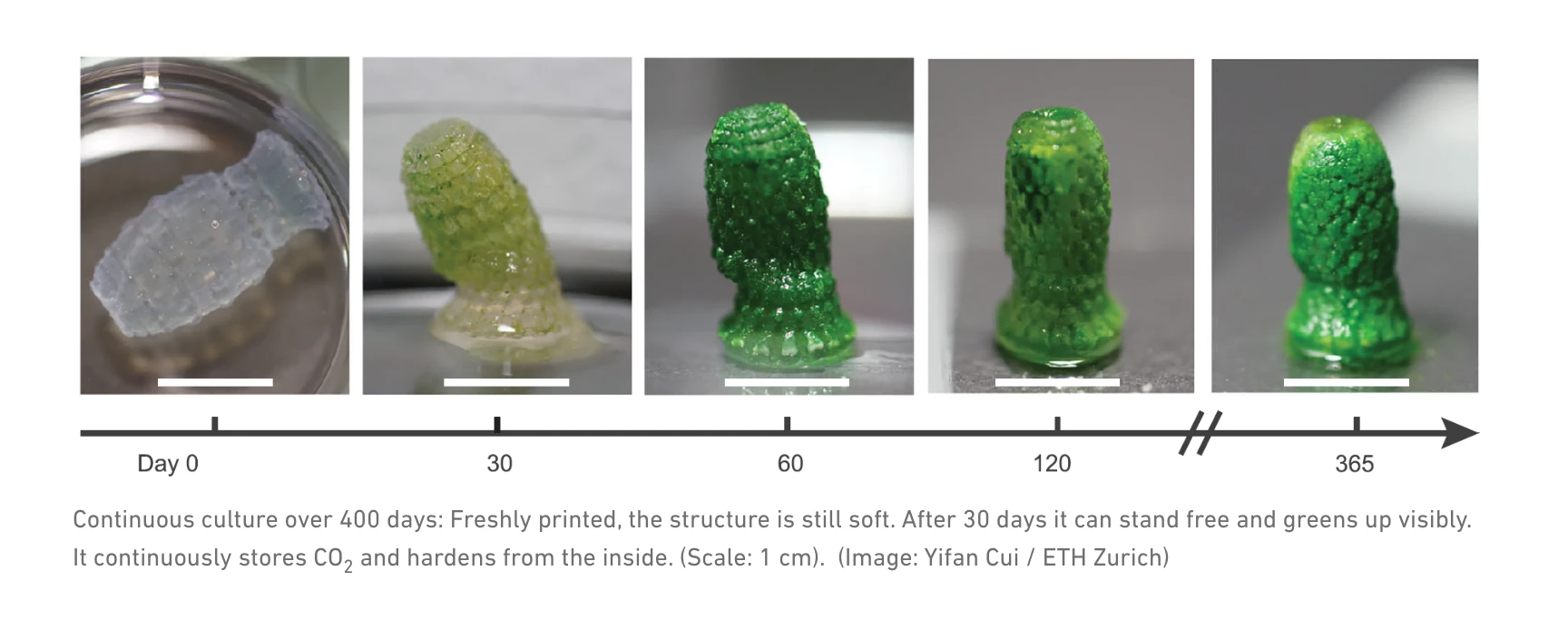
The researchers have demonstrated this living material’s practical and aesthetic potential at major international venues such as the Venice Architecture Biennale and the Triennale in Milan. At the Venice Biennale, they exhibited towering structures resembling tree trunks, standing up to three metres tall. Thanks to the embedded cyanobacteria, each of these living structures can sequester carbon equivalent to that absorbed annually by a 20-year-old pine tree in a temperate climate, about 18 kilograms of CO₂ per year. The installation, adapted to provide the necessary light, warmth, and humidity for the microbes, serves as an experimental proof-of-concept, underscoring the material’s capability to function as a sustainable carbon sink within architectural applications.
The innovative approach offers a low-energy, environmentally friendly alternative to traditional carbon capture technologies. By integrating this living material into building façades or other architectural components, structures could passively capture and store atmospheric CO₂ throughout their lifecycle. The fact that the cyanobacteria continue their photosynthetic and mineralising activity over extended periods suggests the potential for buildings that actively breathe and contribute to reducing the overall carbon footprint in urban environments.
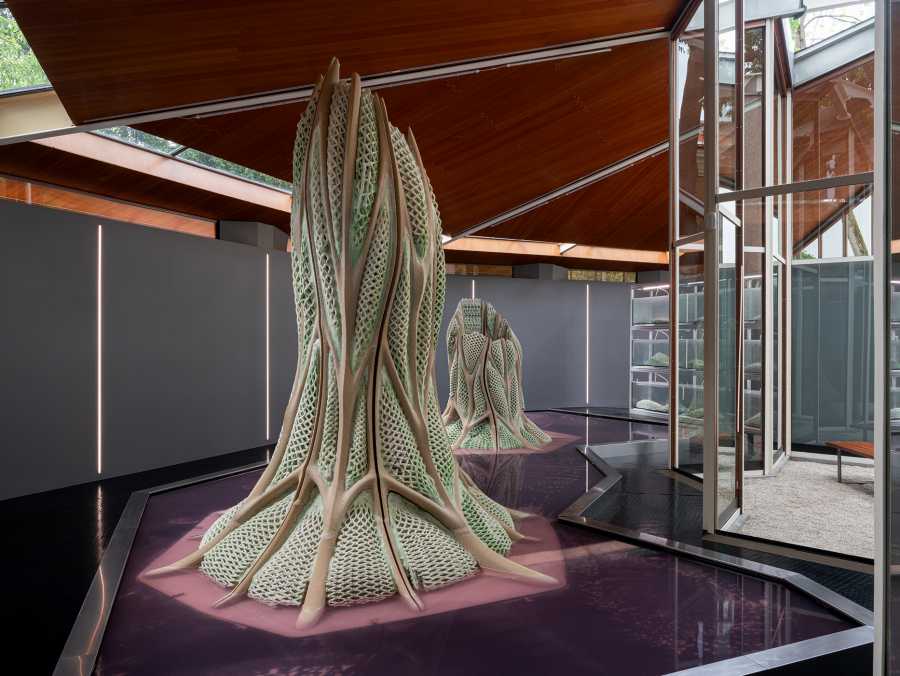
The installation at the Venice Biennale, called Picoplanktonics, shows large-format objects made of photosynthetic structures. (Image: Valentina Mori/ Biennale di Venezia)
While still in the experimental phase, this material typifies a new frontier for sustainable construction, blending biology and engineering. It stands as a compelling demonstration of how ancient life forms like cyanobacteria can be harnessed through modern 3D printing technology to produce living, breathing buildings capable of addressing one of the most pressing challenges of our time, carbon emissions.


